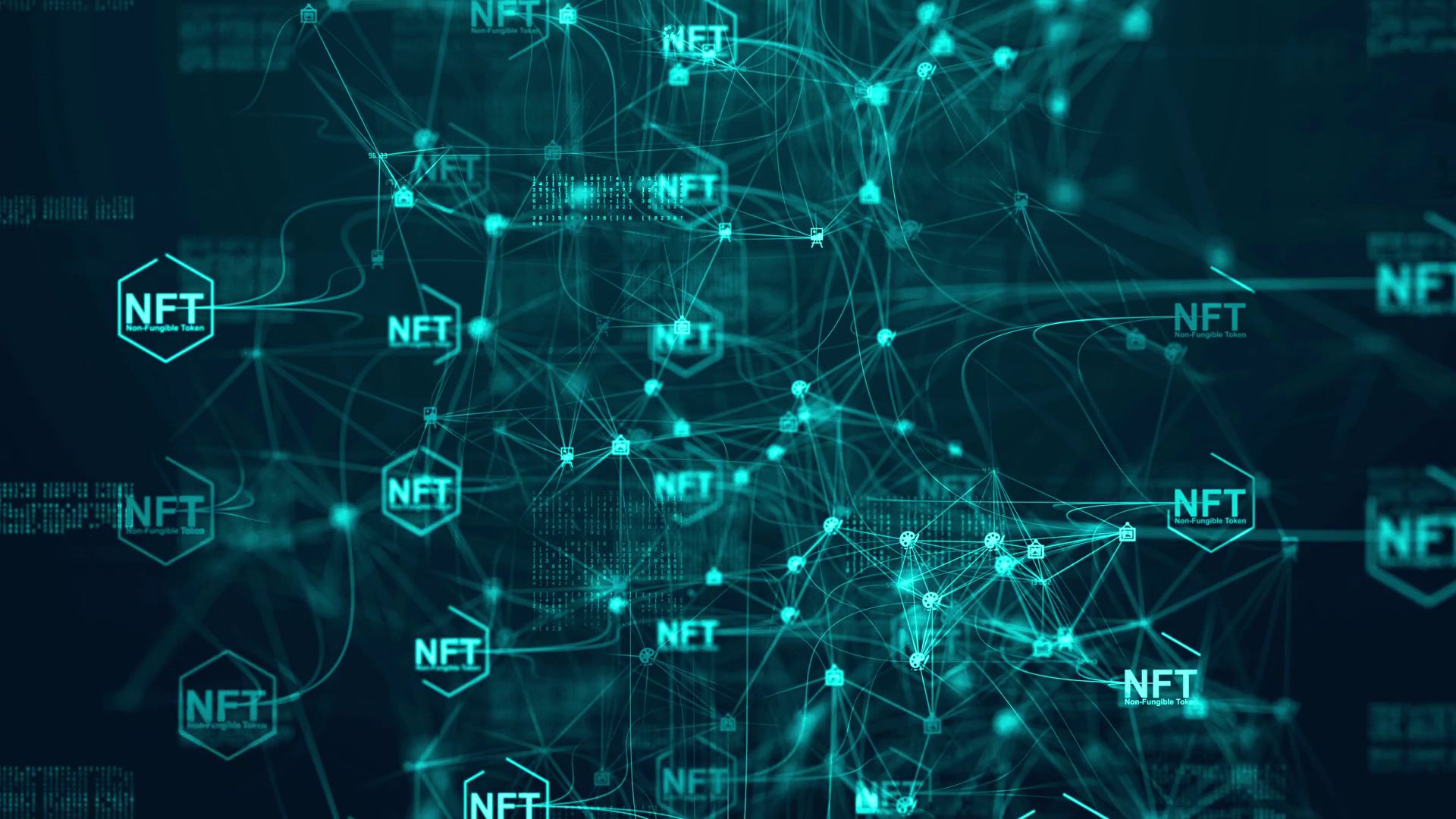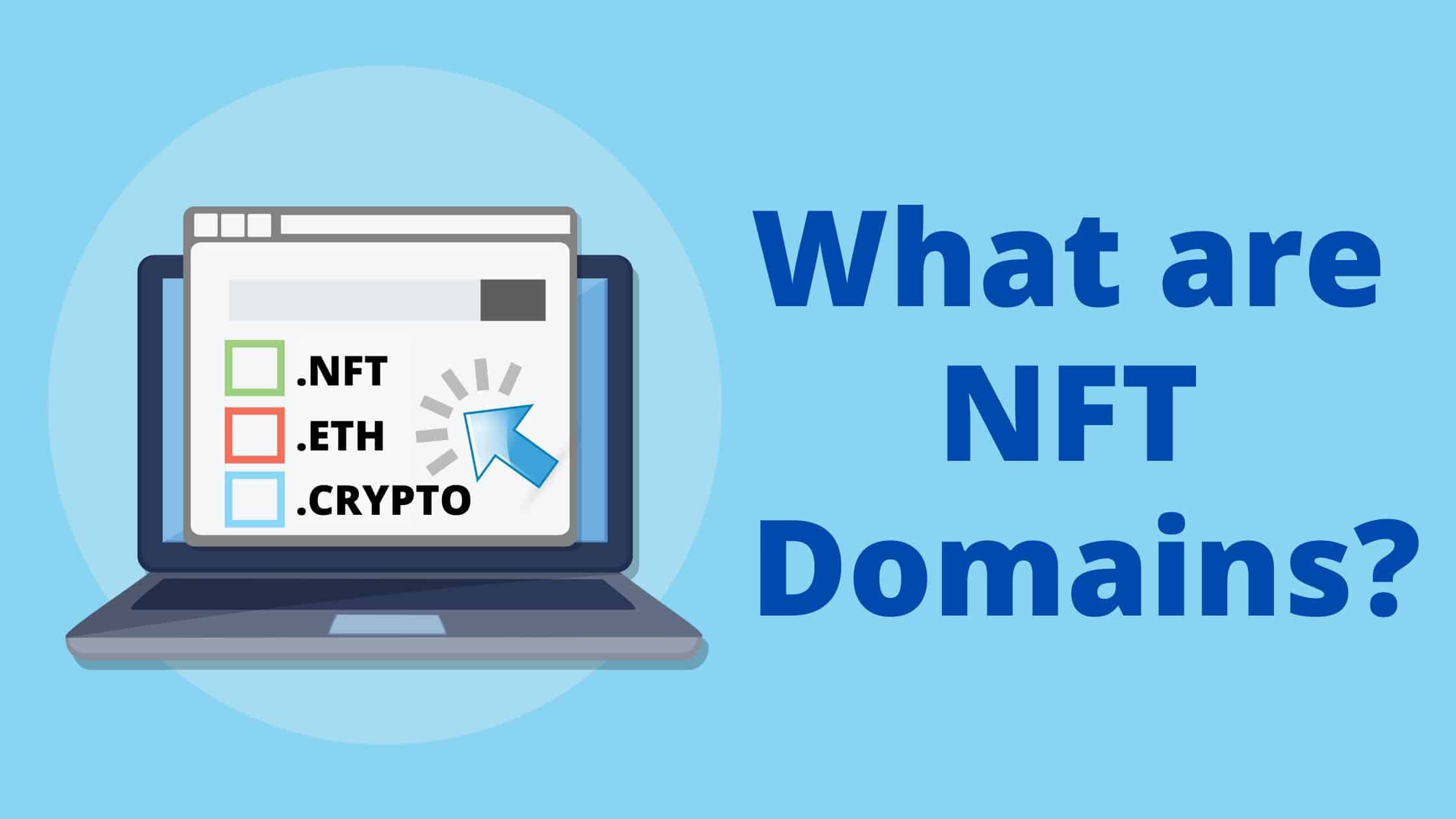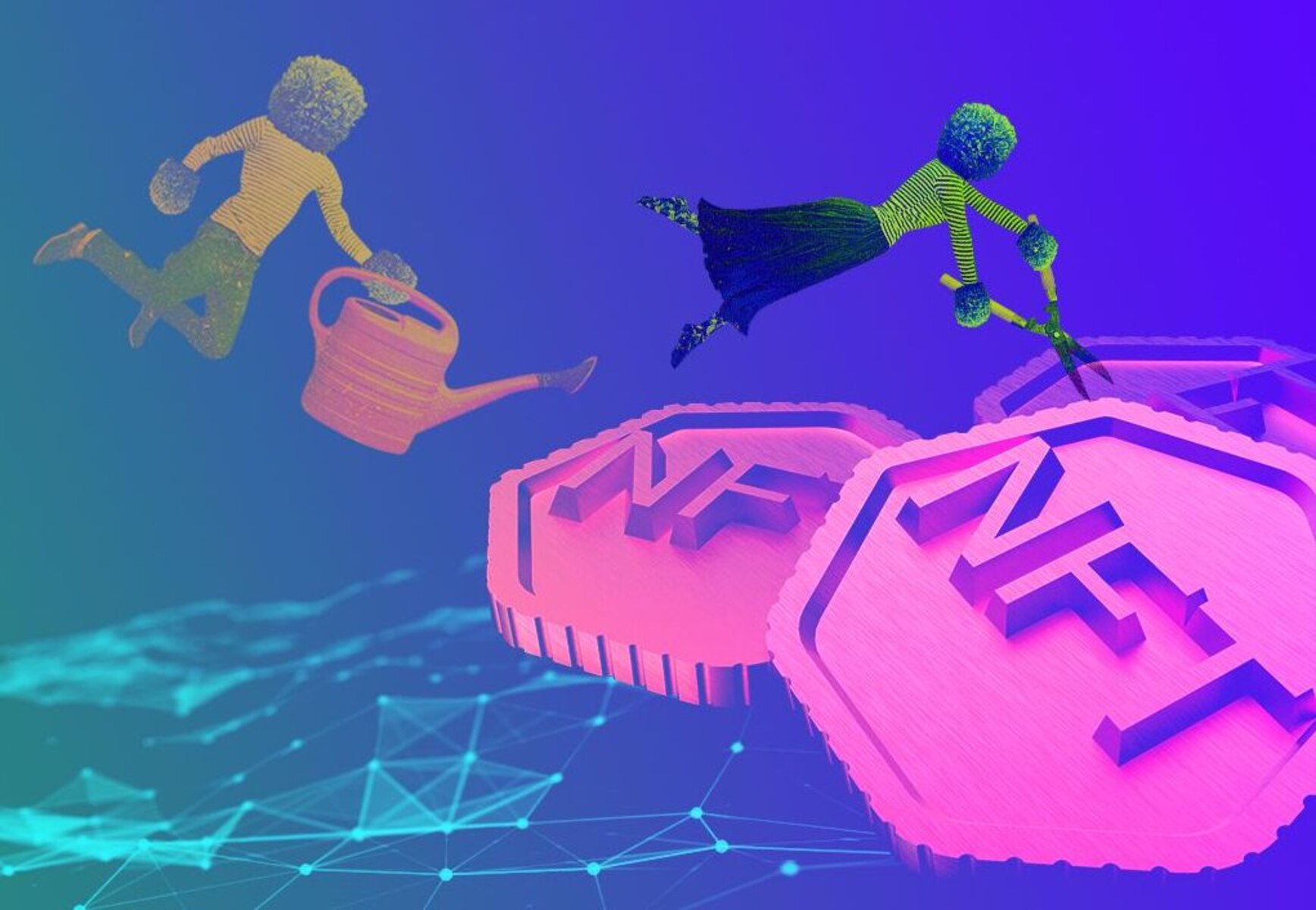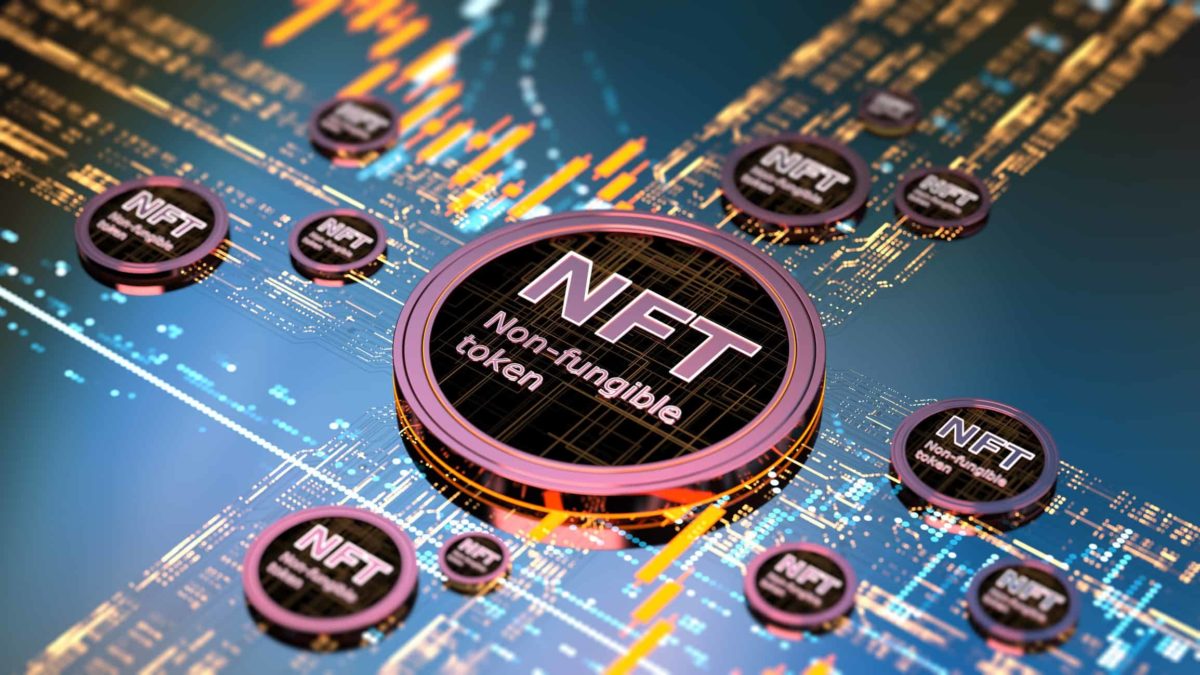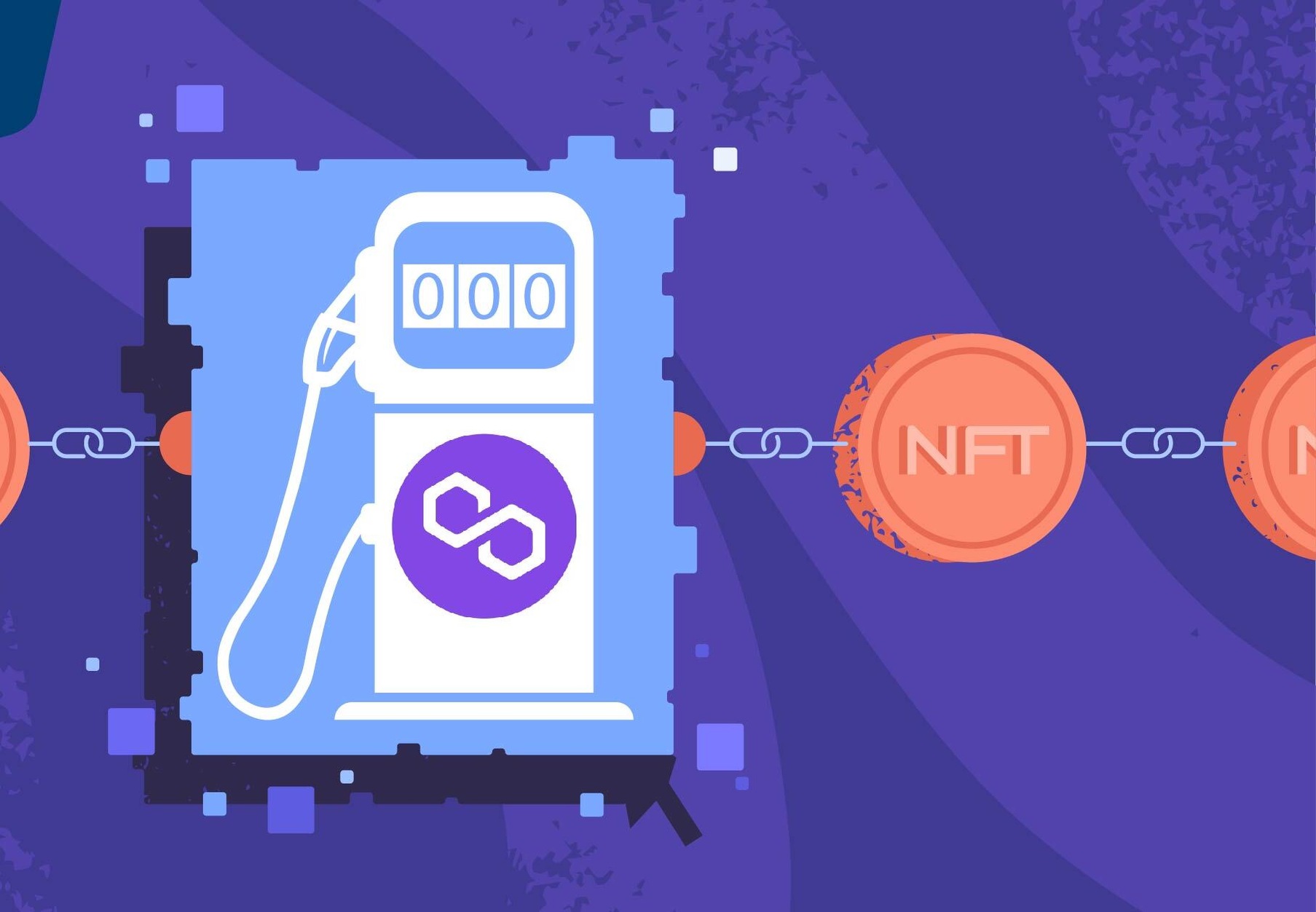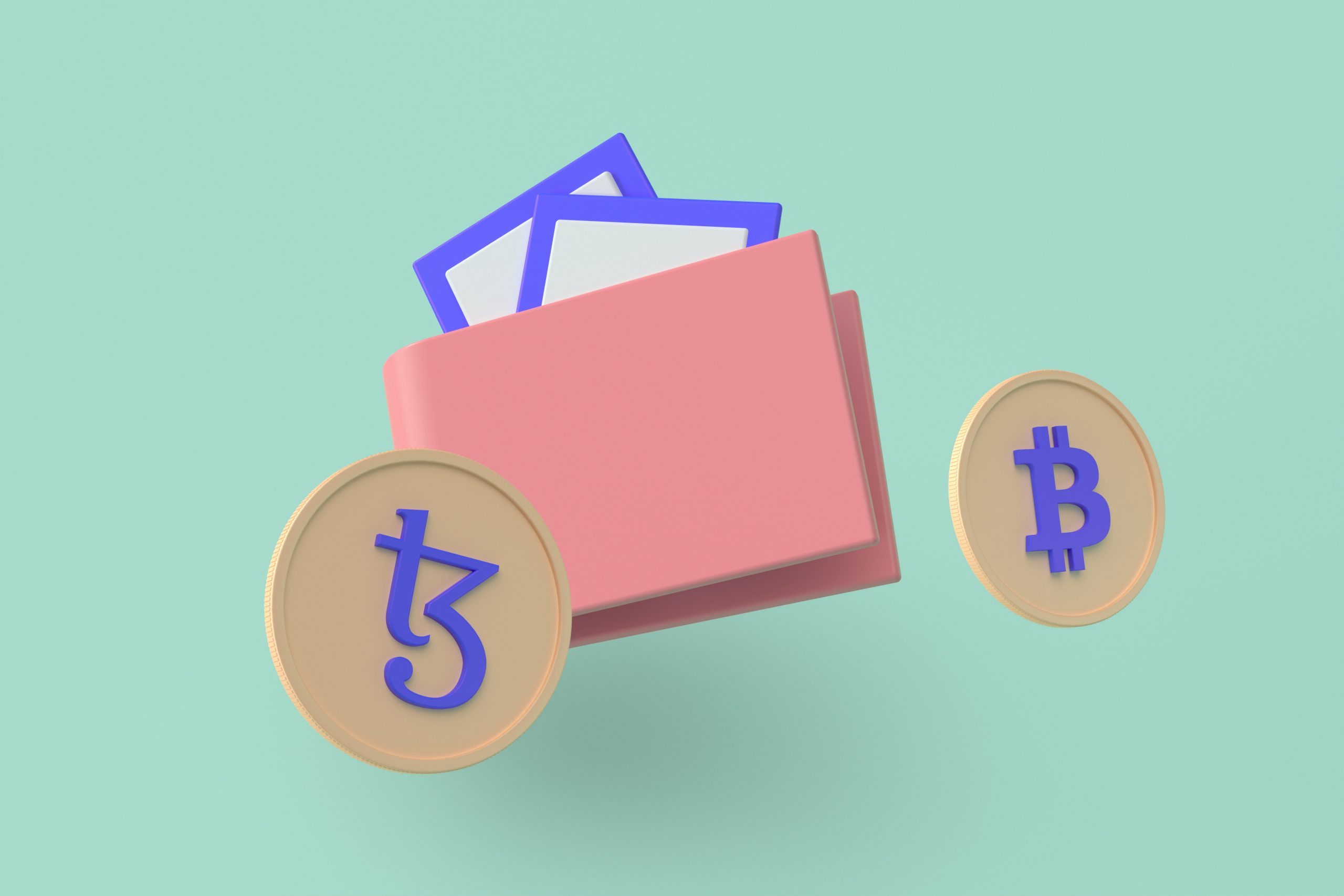Introduction
Welcome to the fascinating world of blockchain and Non-Fungible Tokens (NFTs). Over the past few years, blockchain technology has revolutionized various industries, and NFTs have emerged as one of its most captivating applications. These digital assets have gained immense popularity for their uniqueness and ability to represent ownership of tangible and intangible items in the digital realm. In this article, we will delve into the fundamentals of blockchain and NFTs, explore how they work, discuss their benefits and applications, as well as address some challenges and concerns surrounding them.
Blockchain technology, first introduced by the enigmatic Satoshi Nakamoto in the context of Bitcoin, is a decentralized digital ledger that records transactions across multiple computers. Unlike traditional centralized systems, blockchain ensures transparency, immutability, and security by encrypting and decentralizing data across a network of computers, making it virtually impossible for any single entity to tamper with the information.
NFTs, on the other hand, are unique digital assets that are stored on a blockchain. While cryptocurrencies like Bitcoin are considered fungible because each unit is interchangeable with another, NFTs are non-fungible, meaning they cannot be exchanged on a one-to-one basis. Each NFT has its own distinct value and cannot be replicated or replaced. This unicity is what makes NFTs so appealing to collectors, artists, and enthusiasts, as it establishes verifiable ownership and scarcity in the digital realm.
What Is Blockchain
Blockchain technology is a decentralized and transparent digital ledger that records transactions or digital data across multiple computers. It was initially introduced as the underlying technology behind Bitcoin, the first and most well-known cryptocurrency. However, the potential of blockchain extends far beyond cryptocurrencies, with numerous industries adopting and exploring its applications.
At its core, blockchain is a distributed ledger that ensures trust and security through a network of computers, known as nodes. Each transaction or data entry, called a block, is added to a chain of previous blocks, forming a chronological record of all transactions. The decentralized nature of blockchain means that no single entity has control over the entire network, reducing the risk of fraud, tampering, or censorship.
One of the key features of blockchain is transparency. Once a transaction is recorded, it becomes a permanent and immutable part of the blockchain. This level of transparency allows participants to verify the validity of transactions, ensuring that all parties involved can trust the integrity and accuracy of the data.
Another crucial aspect of blockchain is the use of cryptography, which ensures the security of the data stored within the blocks. Each block is cryptographically linked to the previous one, creating a chain of interconnected blocks. This linkage makes it extremely difficult for any malicious actor to alter the data without being detected, providing a high level of security for digital assets and transactions.
Furthermore, blockchain technology eliminates the need for intermediaries in many transactions. Traditionally, intermediaries such as banks or payment processors were required to facilitate and verify transactions. However, with blockchain, transactions can be directly conducted between participants, reducing costs and increasing efficiency.
The potential applications of blockchain technology extend beyond financial transactions. Industries such as supply chain management, healthcare, real estate, and more are exploring the possibilities of blockchain to enhance transparency, security, and efficiency in their respective fields.
What Are NFTs
Non-Fungible Tokens (NFTs) are unique digital assets that are built on blockchain technology. Unlike cryptocurrencies such as Bitcoin or Ethereum, which are fungible and can be exchanged for one another on a one-to-one basis, NFTs are non-fungible, meaning that each token is distinct and cannot be replicated or replaced. This uniqueness is what gives NFTs their value and makes them desirable for collectors, artists, and enthusiasts alike.
NFTs can represent various types of digital and physical assets, including artwork, music, videos, virtual real estate, domain names, and even real-world items like luxury goods or real estate properties. Each NFT contains metadata that defines its unique characteristics, ownership information, and other relevant details, providing a verifiable proof of authenticity.
One of the key features that sets NFTs apart is their ability to establish provenance and ownership. Through the use of blockchain technology, the ownership and transaction history of an NFT can be traced back to its creation, ensuring that the rightful owner is always known and recognized. This transparency and immutability provide artists and creators with a means to protect their intellectual property and monetize their work in the digital realm.
NFTs have gained significant attention in recent years, with high-profile sales and auctions capturing headlines. Artists and creators are leveraging NFTs to monetize their digital creations by selling them directly to collectors, often through online marketplaces. These unique digital assets can be bought, sold, and traded freely, allowing for a thriving ecosystem of digital art and collectibles.
The ownership of an NFT is stored on a blockchain, typically using the Ethereum blockchain. Ethereum is known for its smart contract functionality, which allows for the creation and execution of self-executing contracts with predefined rules. Smart contracts enable the automatic transfer of ownership and royalties to artists whenever an NFT is sold or traded, ensuring that they receive compensation for their work throughout its lifecycle.
While NFTs have garnered immense popularity, it is important to note that their value is largely driven by market demand and speculation. The intrinsic value of an NFT lies in its uniqueness and the perceived value associated with it, whether it be the reputation of the artist, the scarcity of the artwork, or the cultural significance of the collectible.
How Do NFTs Work
To understand how NFTs work, it is essential to grasp the underlying technology of blockchain. NFTs are created, bought, and sold on blockchain platforms, with Ethereum being the most popular choice due to its smart contract functionality. Here is a simplified explanation of how NFTs work:
1. Creation: Artists, creators, or developers mint NFTs using specialized software or platforms. These NFTs can represent a wide range of digital or physical assets, with each NFT being unique and containing metadata that defines its characteristics and ownership details.
2. Blockchain Integration: Once an NFT is created, it is registered on a blockchain, such as Ethereum, through a smart contract. The smart contract code specifies the rules and conditions of the NFT, including ownership, transferability, and royalty distribution.
3. Tokenization: The unique characteristics and ownership information of the asset are tokenized and stored as metadata within the NFT. This metadata can include details such as the artist’s name, the title of the artwork, a description, and any other relevant information.
4. Ownership and Transfer: The ownership of an NFT is recorded on the blockchain, ensuring transparency and proof of ownership. The owner of an NFT can transfer or sell it to another party by initiating a transaction on the blockchain. The transaction is recorded and verified by the network of computers participating in the blockchain.
5. Royalties and Secondary Sales: One of the unique features of NFTs is the ability to automatically enforce royalties for creators. Smart contracts can be coded to distribute a percentage of the sale price every time the NFT is resold. This provides artists with ongoing compensation for their work, even after the initial sale.
6. Interoperability: NFTs can be bought, sold, and traded on various online marketplaces and platforms. These platforms act as intermediaries, facilitating the discovery and transaction of NFTs between buyers and sellers. Each marketplace may have its own set of fees and rules regarding the listing and selling of NFTs.
7. Verification and Authenticity: The decentralized nature of blockchain technology ensures the authenticity and provenance of NFTs. The transaction history and ownership details of an NFT are recorded on the blockchain, providing an immutable record that can be verified by anyone. This verification process eliminates the risk of counterfeit or fraudulent NFTs.
It’s essential to note that while NFTs provide a means to establish ownership and value in the digital realm, the underlying asset or artwork associated with the NFT exists separately. The NFT acts as a certificate of ownership and authenticity, while the actual digital or physical asset can be accessed or displayed by the owner as agreed upon during the purchase.
Benefits of NFTs
Non-Fungible Tokens (NFTs) offer a range of benefits that have contributed to their growing popularity and adoption. Here are some key advantages of NFTs:
1. Authenticity and Proof of Ownership: NFTs provide a verifiable proof of authenticity and ownership, thanks to the transparent and immutable nature of blockchain technology. This allows artists, creators, and collectors to establish the provenance and value of digital assets in a trustless and decentralized manner.
2. Monetization for Artists and Creators: NFTs enable artists and creators to monetize their work directly, without the need for intermediaries or traditional gatekeepers. Artists can sell their digital art, music, or other creations as NFTs, allowing them to earn royalties from subsequent sales. This empowers artists with more control over their work and the ability to derive ongoing financial benefits.
3. Establishing Scarcity in the Digital Realm: NFTs introduce the concept of scarcity in the digital world. By minting unique tokens on the blockchain, creators can limit the availability of their digital assets, increasing their perceived value. This scarcity enhances the collectibility and desirability of NFTs, creating a thriving market for digital art and unique assets.
4. Fractional Ownership and Investment Opportunities: NFTs can be fractionalized, allowing multiple individuals to own a fraction of a digital asset. This opens up new investment opportunities and allows collectors with limited resources to participate in the ownership of high-value assets. Fractional ownership also introduces liquidity to the market, enabling investors to buy and sell fractions of NFTs without having to purchase the entire asset.
5. Global Reach and Accessibility: NFTs leverage the power of the internet and blockchain technology to enable global transactions. Artists can reach a global audience without geographical limitations, collectors can access a wide variety of digital assets, and enthusiasts can participate in the thriving NFT ecosystem from anywhere in the world. This global reach and accessibility have democratized the art and collectibles market, fostering increased inclusivity and diversity.
6. Enhanced Copyright Protection: NFTs provide creators with an additional layer of copyright protection. Since ownership and transaction history are recorded on the blockchain, it becomes easier to prove ownership and take legal action against infringements. This strengthens the ability of creators and artists to protect their intellectual property rights in the digital realm.
7. Innovative Applications and Interactivity: NFTs open up possibilities for interactive and immersive digital experiences. NFTs can be integrated with virtual reality, augmented reality, and other emerging technologies, allowing for unique and engaging user experiences. This fusion of digital art, technology, and NFTs has the potential to reshape entertainment, gaming, and other industries.
Overall, NFTs offer a transformative way to create, own, and trade digital assets, bringing new opportunities and benefits to artists, collectors, and enthusiasts in the digital age.
Common Applications for NFTs
Non-Fungible Tokens (NFTs) have found a multitude of applications across various industries. Here are some common use cases for NFTs:
1. Digital Art and Collectibles: NFTs have disrupted the art world by enabling artists to create and sell digital artworks as unique tokens on the blockchain. These digital art pieces can range from static images to dynamic multimedia experiences. NFTs allow artists to establish ownership, rarity, and provenance for their digital creations, revolutionizing the art market and providing new opportunities for artists to monetize their talent.
2. Virtual Real Estate and Virtual Worlds: With the rise of virtual reality, NFTs are being used to represent virtual properties and land within virtual worlds. These digital assets can be bought, sold, and traded like physical real estate, allowing users to own and monetize their virtual spaces. NFTs enable developers to build immersive virtual worlds where users can purchase, decorate, and interact with digital properties using blockchain-based ownership.
3. Gaming and In-Game Assets: NFTs have been embraced by the gaming industry, allowing players to own and trade in-game assets securely. Whether it’s rare weapons, virtual characters, or unique digital collectibles, NFTs enable players to have true ownership over their virtual possessions. This creates a vibrant secondary market where players can buy, sell, and trade their NFT-based game assets, adding a new dimension to the gaming experience.
4. Music and Royalties: NFTs have presented unique opportunities for musicians and artists to monetize their work directly. Artists can release exclusive music tracks, albums, and merchandise as NFTs, providing fans with a unique ownership experience. NFTs also enable artists to earn royalties automatically whenever their music is sold or traded, ensuring fair compensation for their creative endeavors.
5. Digital Identity and Credentials: NFTs can be used for digital identity verification and the management of credentials. This can range from verifying academic degrees and certifications to proving ownership of intellectual property rights. By utilizing blockchain-based NFTs, individuals and organizations can establish trusted and tamper-proof records that can be easily verified and authenticated.
6. Event Tickets and Experiences: NFTs have been used to create and sell digital event tickets, ensuring authenticity, eliminating fraud, and enabling traceable ownership. Additionally, NFTs allow event organizers to offer unique VIP experiences or virtual meet-and-greets as exclusive tokens tied to specific events. This provides attendees with a digital keepsake and access to special perks, enhancing the overall event experience.
7. Charity and Fundraising: NFTs have been leveraged for charitable purposes and fundraising initiatives. Artists and creators can auction off their NFTs, with a portion or all proceeds going to charitable causes. NFTs provide transparency and traceability in charitable transactions, ensuring that the funds are used for their intended purpose and enabling donors to showcase their support through ownership of the NFT.
These are just a few examples of the diverse applications for NFTs. As the technology continues to evolve and gain traction, we can expect to see even more innovative and creative use cases emerging in the future.
Challenges and Concerns
While Non-Fungible Tokens (NFTs) have gained significant attention and popularity, there are some challenges and concerns associated with their use. It is important to consider these factors in order to have a well-rounded understanding of the technology. Here are some key challenges and concerns related to NFTs:
1. Environmental Impact: NFTs, particularly those built on the Ethereum blockchain, have drawn criticism for their energy consumption. The mining process and transaction validation in blockchain networks can require significant computing power, resulting in a considerable carbon footprint. As the demand for NFTs grows, it is crucial to explore more sustainable alternatives or find ways to mitigate their environmental impact.
2. Lack of Regulation and Standards: The NFT market currently operates without clear regulations and standards in many jurisdictions. This can lead to potential risks, including scams, copyright infringement, and the sale of unauthorized or stolen digital assets. The absence of a standardized framework can make it challenging for artists, collectors, and investors to navigate the market safely and efficiently.
3. Scalability and Transaction Costs: The scalability of blockchain networks can pose limitations to the widespread adoption of NFTs. As the number of participants and transactions increases, blockchains may face congestion, leading to slower transaction processing times and increased fees. High transaction fees can make it challenging for artists and small-scale creators to participate in the NFT market, hindering accessibility and inclusivity.
4. Volatility and Speculation: The value of NFTs is highly volatile and can be subject to speculation and market volatility. Prices for certain NFTs have skyrocketed to astronomical levels, leading to concerns about market bubbles and the potential for a price crash. Speculation can overshadow the intrinsic value of the underlying digital assets, creating an environment that prioritizes financial gains over the artistic or cultural significance of NFTs.
5. Intellectual Property and Copyright Issues: NFTs have raised questions regarding intellectual property rights and copyright infringement. It is crucial to ensure that creators have the necessary rights and permissions for the digital assets they tokenize as NFTs. Additionally, the ownership of an NFT does not necessarily grant the owner the rights to reproduce or distribute the underlying asset, leading to potential legal complexities and disputes.
6. Accessibility and Inclusivity: While NFTs have the potential to democratize the art and collectibles market, there are concerns about accessibility and inclusivity. High transaction fees, technical barriers, and the requirement for cryptocurrencies may hinder participation from individuals who are unfamiliar with blockchain technology or lack the necessary resources. Efforts should be made to address these barriers and ensure a more inclusive and diverse NFT ecosystem.
It is important for the industry to address these challenges and concerns in order to build a sustainable and responsible NFT market. The development of clearer regulations, increased scalability, improved environmental practices, and enhanced accessibility can help foster a more transparent, secure, and inclusive environment for creators, collectors, and enthusiasts.
Conclusion
Non-Fungible Tokens (NFTs) have emerged as a groundbreaking application of blockchain technology, revolutionizing the way we create, own, and trade digital assets. The unique characteristics of NFTs, such as authenticity, provenance, and ownership, have paved the way for new opportunities in the art, gaming, music, and collectibles industries, among others. Artists and creators now have the ability to monetize their work directly, while collectors can own and trade digital assets securely.
However, as with any emerging technology, NFTs come with their own set of challenges and concerns. Issues like environmental impact, lack of regulation, scalability limitations, price volatility, intellectual property disputes, and accessibility barriers need to be carefully addressed to ensure the long-term sustainability and responsible development of the NFT market.
Despite these challenges, NFTs have the potential to reshape various industries by providing innovative solutions and empowering individuals. They introduce new channels for artists to express their creativity, establish ownership, and earn a fair share of the value they create. Collectors and enthusiasts can participate in the ownership of unique and scarce digital assets, creating vibrant communities and markets.
Moving forward, it is crucial for stakeholders to collaborate and work towards addressing the challenges and concerns associated with NFTs. Developing sustainable practices, implementing clear regulations, improving scalability, fostering inclusivity, and promoting responsible utilization of the technology will help ensure the continued growth and positive impact of NFTs.
In conclusion, NFTs represent a paradigm shift in the way we perceive and interact with digital assets. Their unique properties open up new possibilities for creators, collectors, and enthusiasts, shaping the future of art, culture, and commerce in the digital age. As the technology evolves, it is important to navigate the NFT landscape with awareness, responsibility, and a focus on long-term sustainability.







